Lingmoor Fell heather photography
I was delighted to be able to have the chance make a second visit to Lingmoor Fell during heather season, just a couple of weeks after my first visit. This time in the afternoon/early evening rather than early morning.
After parking in Chapel Stile, I caught the bus up to Old Dungeon Ghyll and walked over to Great Langdale campsite. I followed the obvious path around the edge of Side Pike and then rejoined the road for a short distance, which brought me to the bottom of a steepish path leading up towards Side Pike and “The Squeeze”. On reaching the ridge I turned right and headed away from Side Pike, along the path beside the “Great Wall of Lingmoor”, with numerous photo stops to try to frame Side Pike and the Langdale Pikes with heather in the foreground.
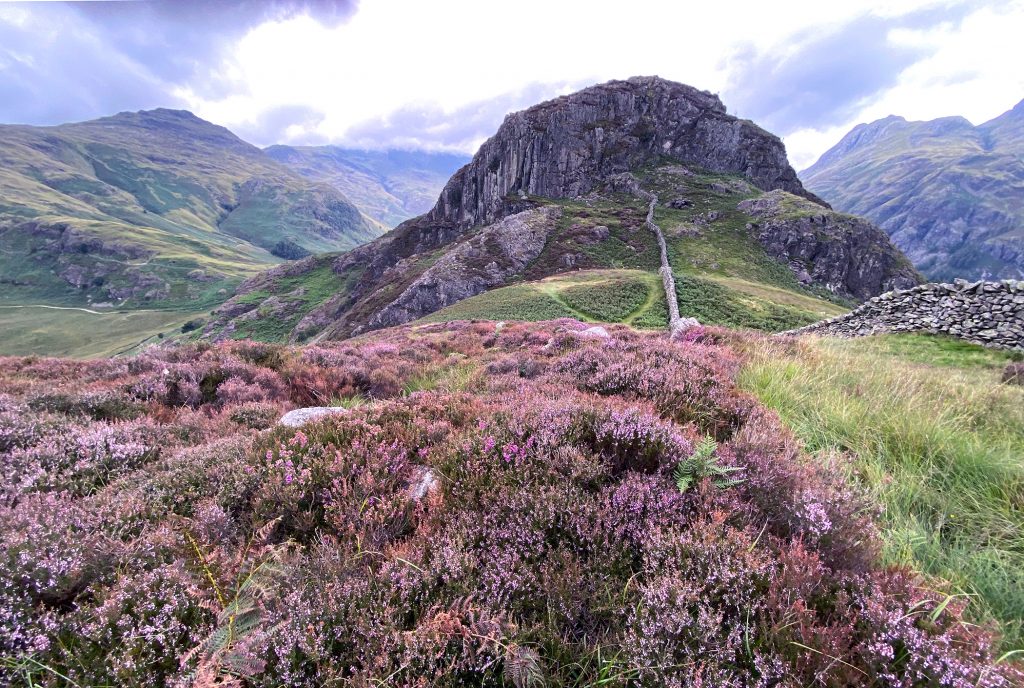
This time the heather bloom was more widespread and the colour was stronger than on my previous visit. Conditions were cloudy, and the soft overcast light helped to bring out the colour of the heather. On my earlier visit the stronger and more direct sunlight had rather bleached out the colour of the heather.
The drystone wall provides a wonderful leading line towards Side Pike, and the Langdale Pikes looming in the background add another layer of interest to the composition.
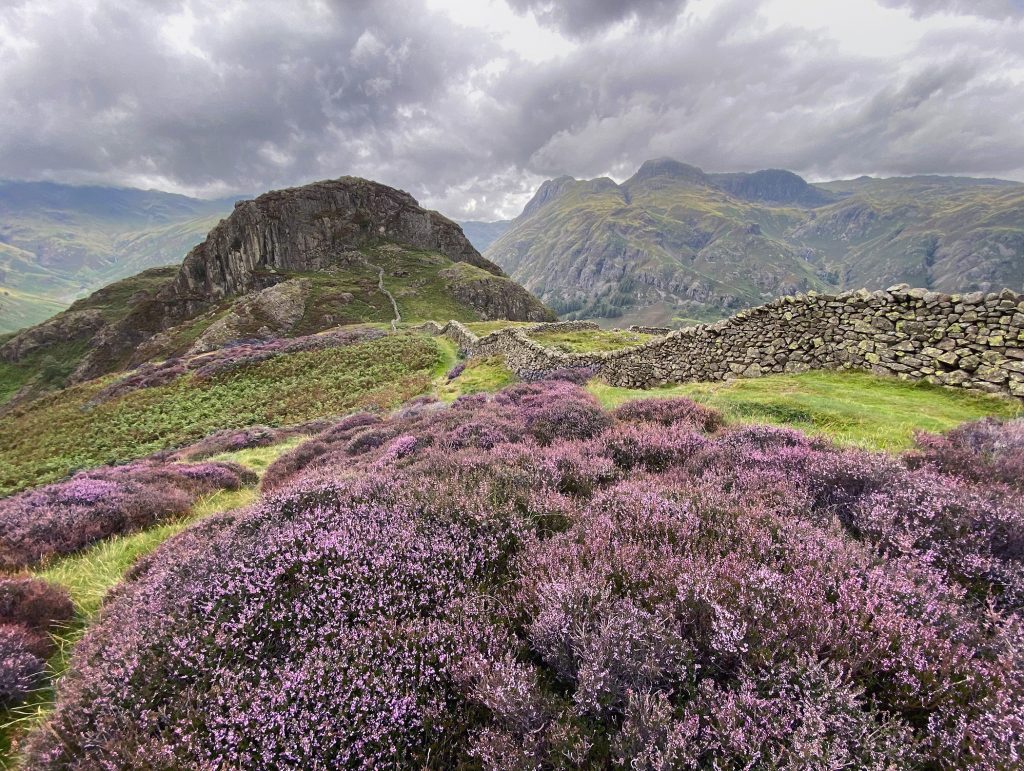
The views just keep getting better and better as you ascend Lingmoor Fell, this is taken from above the little stile that gets you to the other side of the drystone wall. I love the way the road curves around Side Pike .
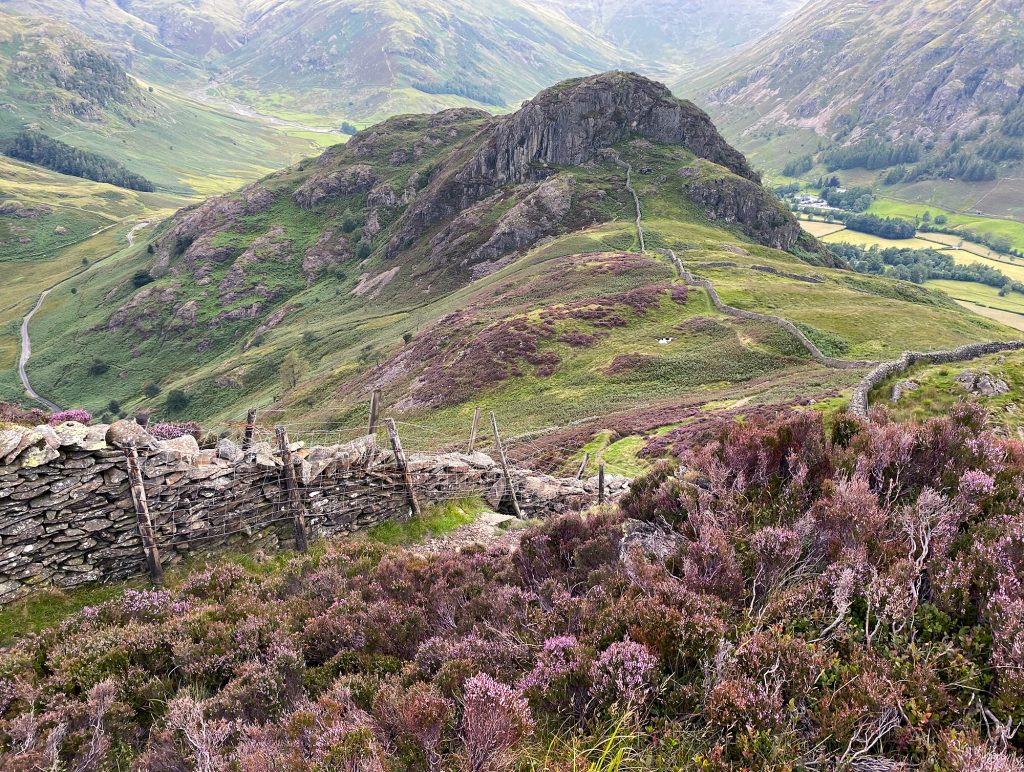
From here the path leads gradually higher with the densest patches of heather occuring alongside the drystone wall towards the top of Lingmoor.
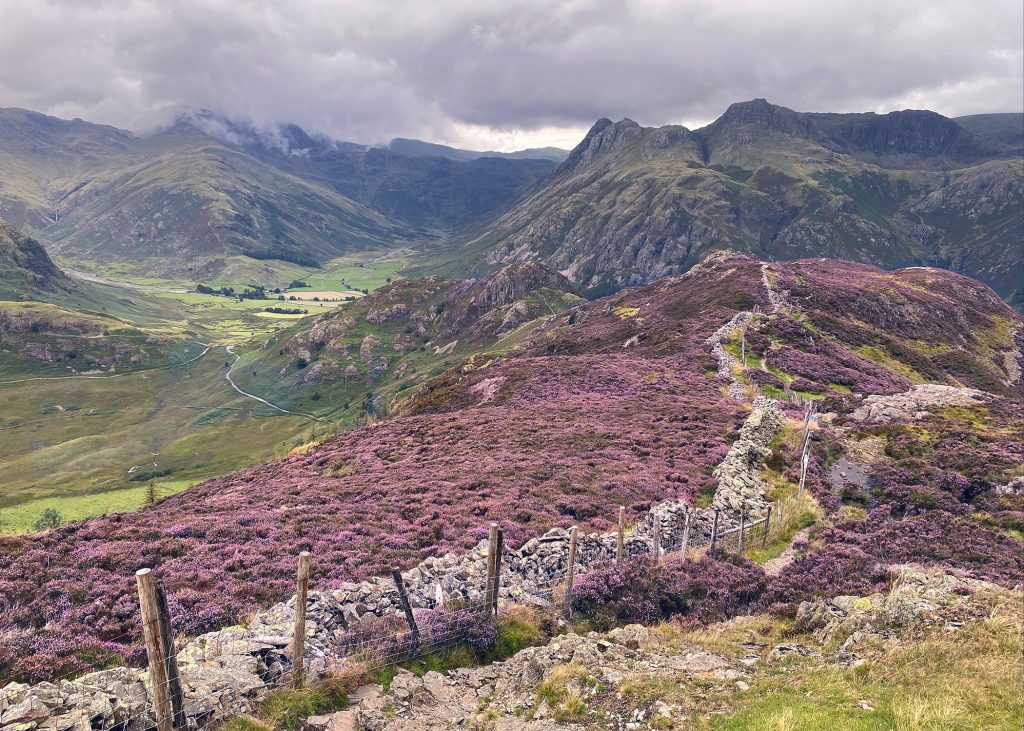
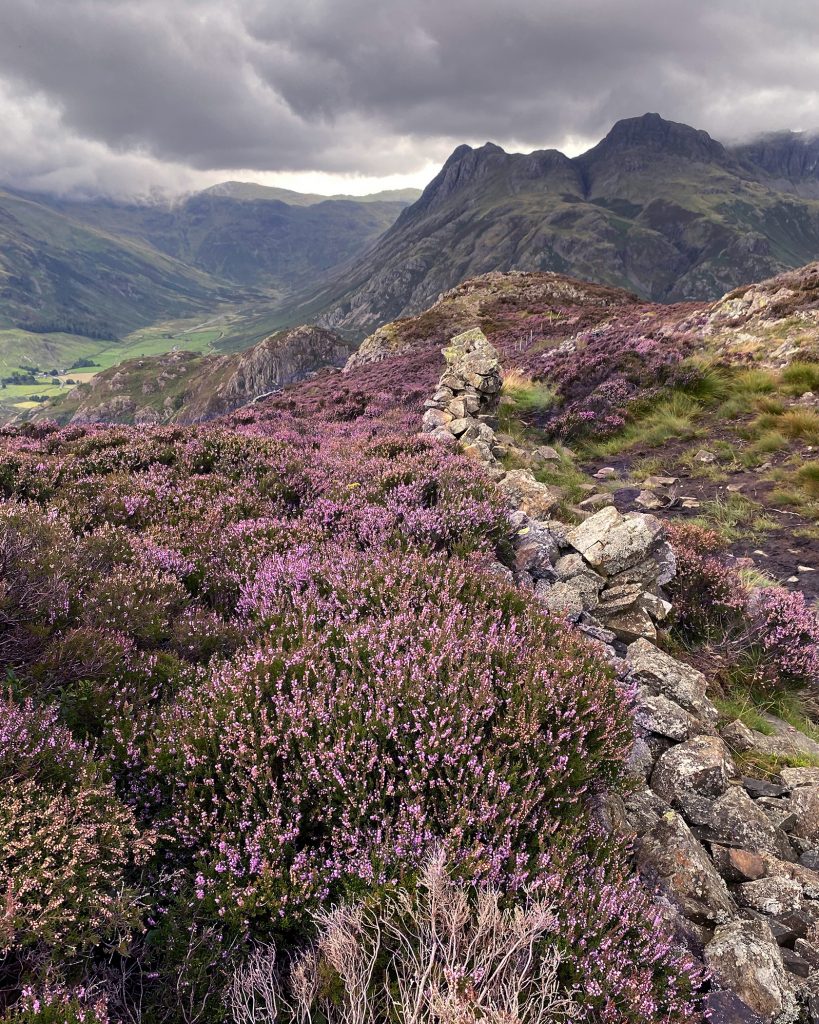
The colour of heather and iPhone photos
After many years of pretending to be a ‘proper’ landscape photographer with a DSLR camera, tripod and various filters I have now succumbed to the ease of iPhone photography.
All these images and most of the landscapes on this blog are taken with my iPhone 11. It is just so much more convenient for hiking, and it generally handles high dynamic ranges very well without the need for filters and post-processing. I also find the colours are generally quite accurate.
However, the precise colour of heather is very subtle and is quite hard to capture exactly. It can vary in different lights but also between different types of heather as you can see below:
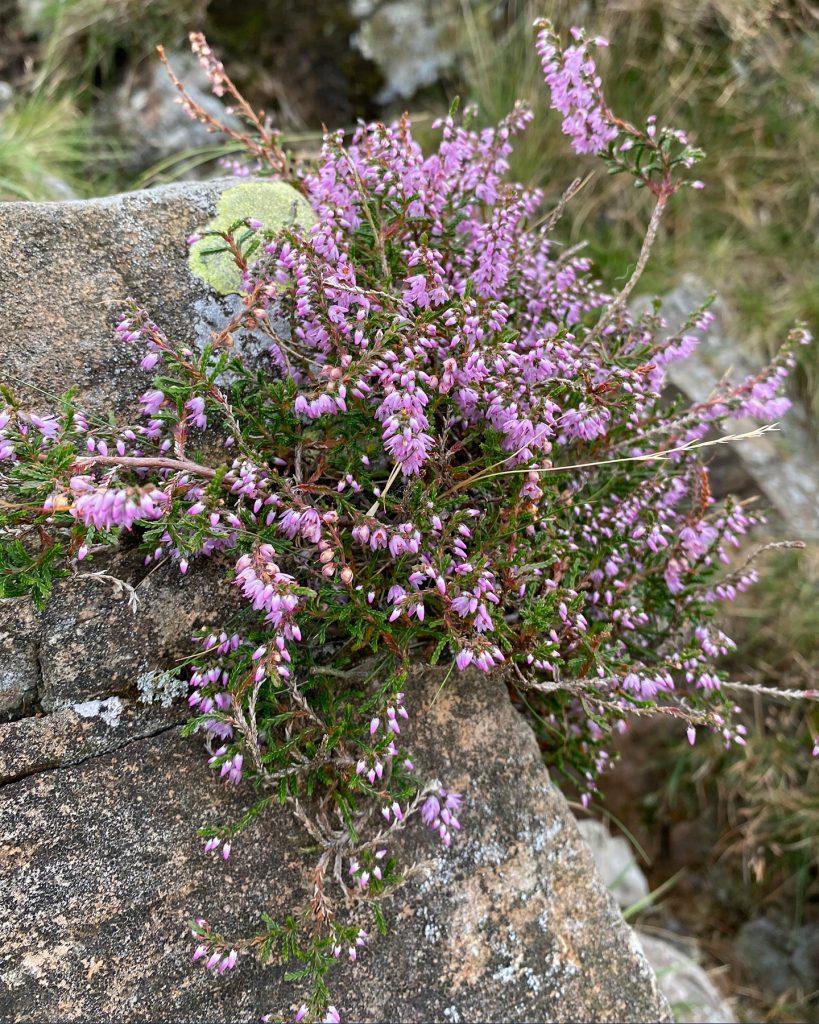
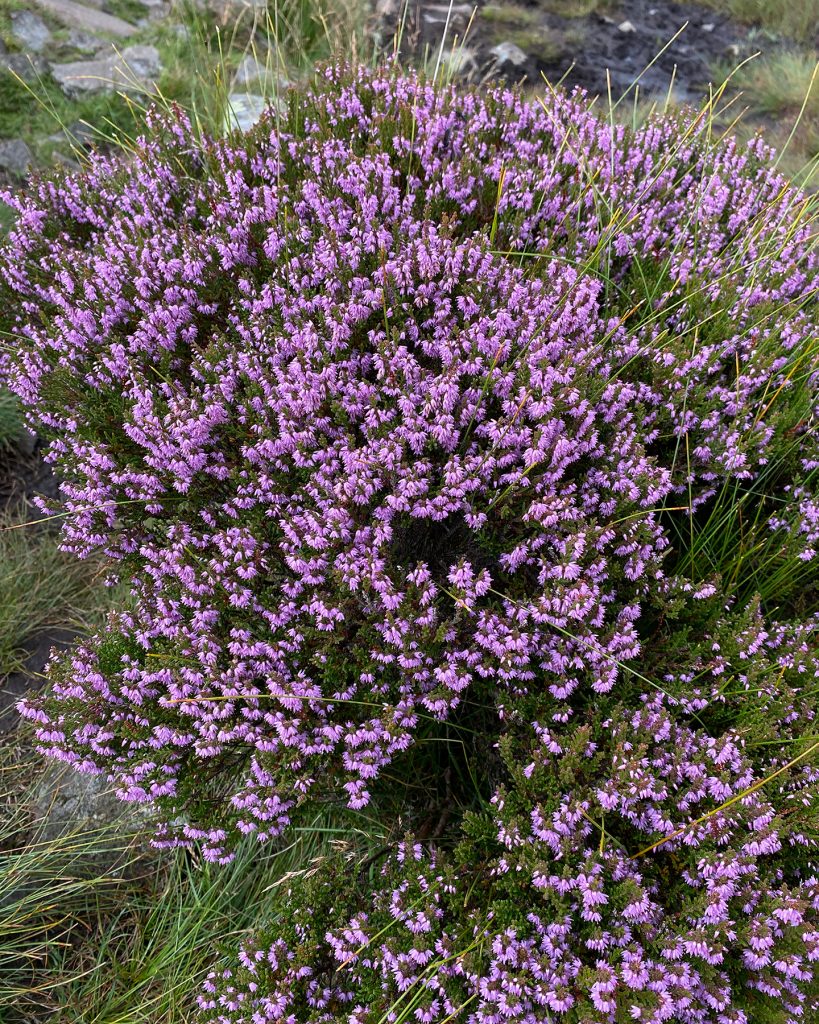
Common heather (“Ling”) is quite noticeably pinker and paler than the Bell heather. While both varieties are found there, Lingmoor Fell heather is largely made up of Common Heather, particularly on the upper slopes. I initially took these close up images in order to illustrate the difference between the two types of heather.
However I realised straight away that the colours in these differed from what I was seeing in the larger scale landscapes that I was taking, and that theses] colours seemed more accurate and true to life, so I now had a reference images that I could work back to in order to get the colour right.
Since the light was exactly the same, I am not sure why the iPhone colour balance was so different for the heather when taken from a distance and taken close up but I imagine that the iPhone is automatically taking into account the mix of colours in the scene and adjusting for that somehow. With a DSLR you would normally set the White Balance yourself, either in camera or in post-processing, but the automation of the iPhone camera seems to take over and do its own thing.
In short, the iPhone could not handle the subtlety of the colour of heather, and the larger scale photos were coming out had far too much red in them. The difference between the reference images above and the extract below – from an image before any editing – is very obvious and was too much to ignore.
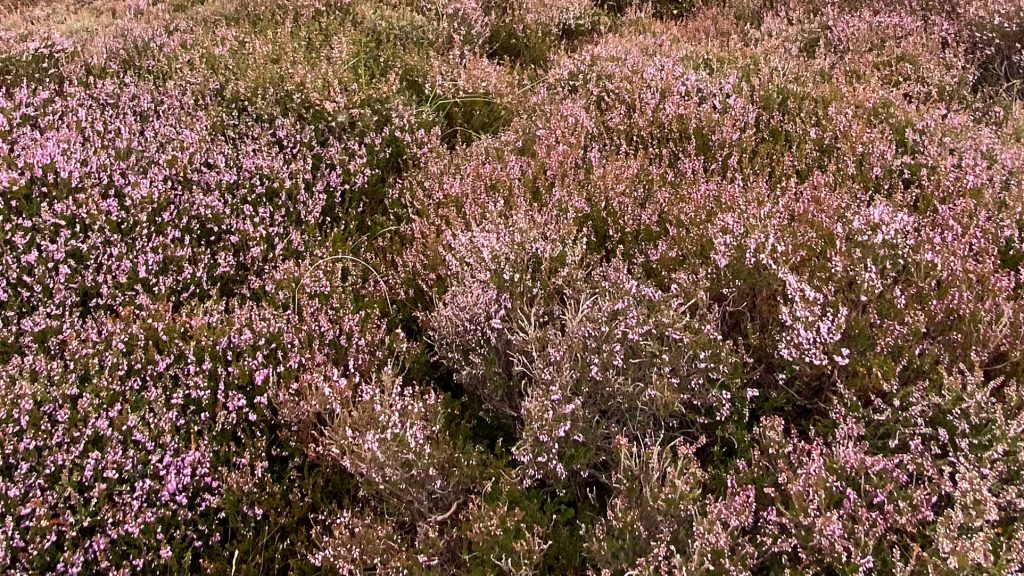
I had to try to correct this in post-processing, and while the colour of the heather in the final images may not perfect it is an awful lot closer to the true colour.
The reason I was stomping around Lingmoor Fell and Side Pike taking photographs was to capture the beauty of the heather in bloom, so it was important to make sure I got the colour as close as possible to what I could see.
I think the most important thing I learned from these two visits to photograph the famous Lingmoor Fell heather is to make sure I always take reference images, or check the colours while on location.
I know that the colour of bluebells is notoriously hard to get right, but I think the same applies to heather and I am sure there will be other situations where it will pay to make sure you get a ‘true’ record of a subtle colour before you finish shooting.
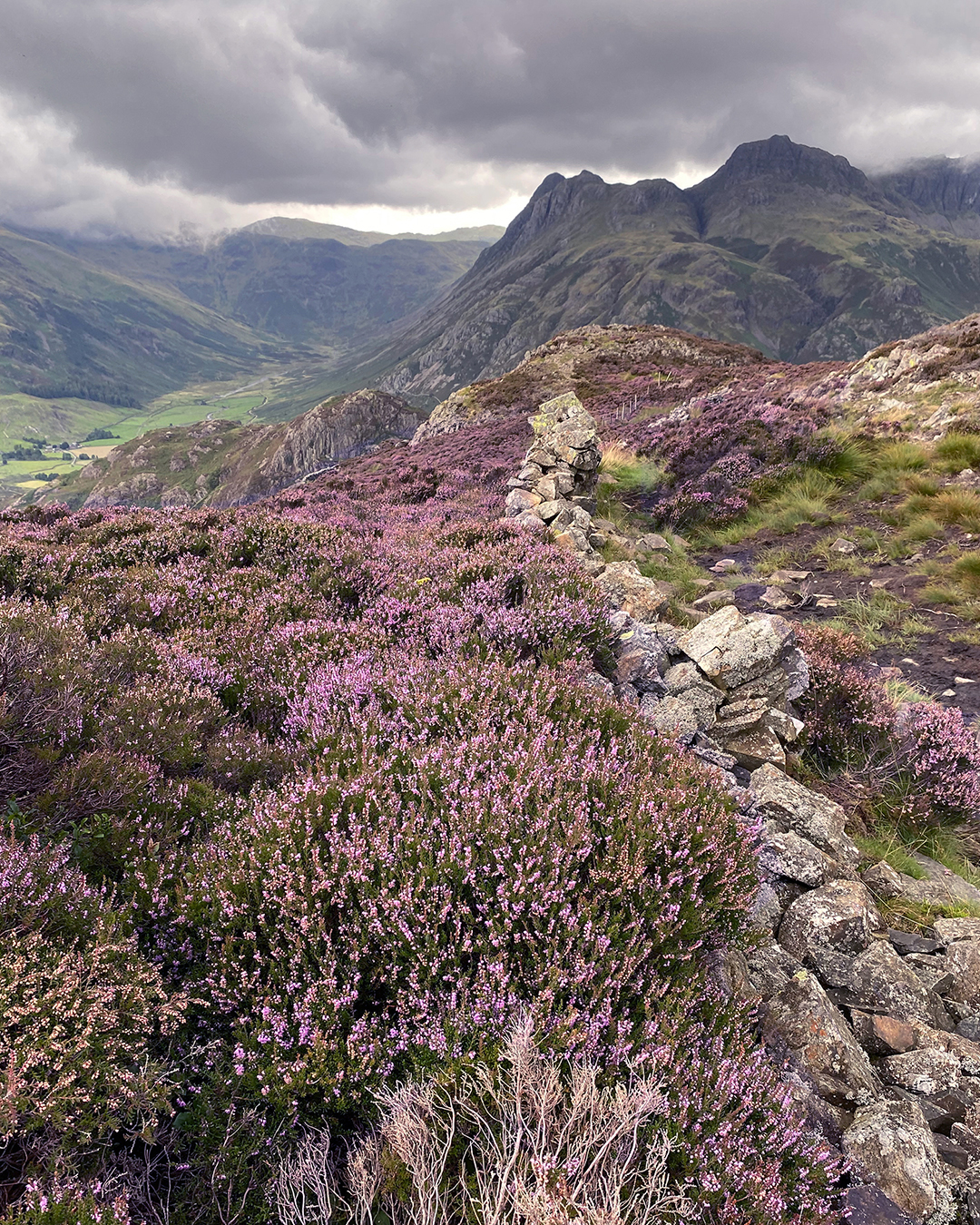
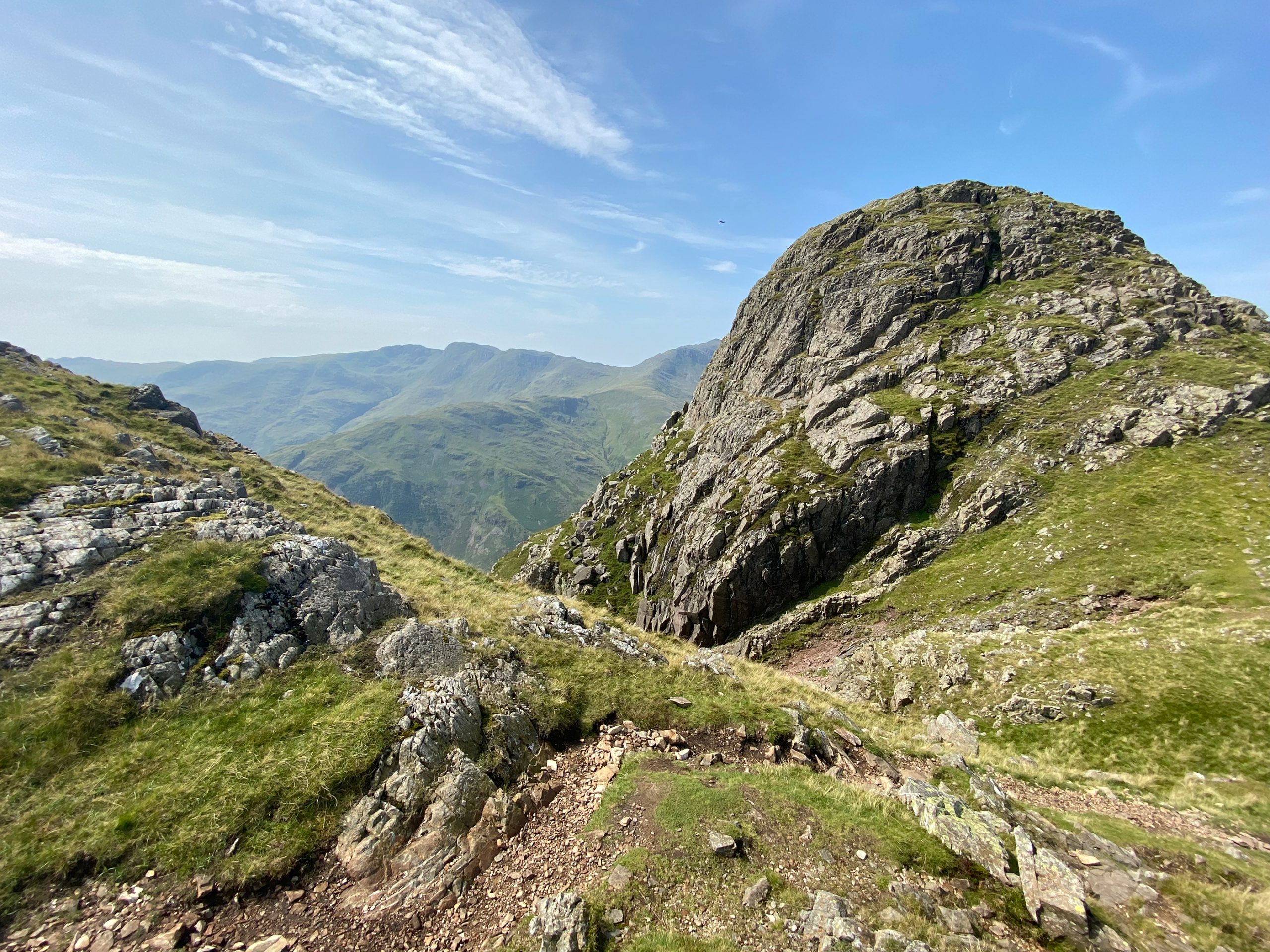

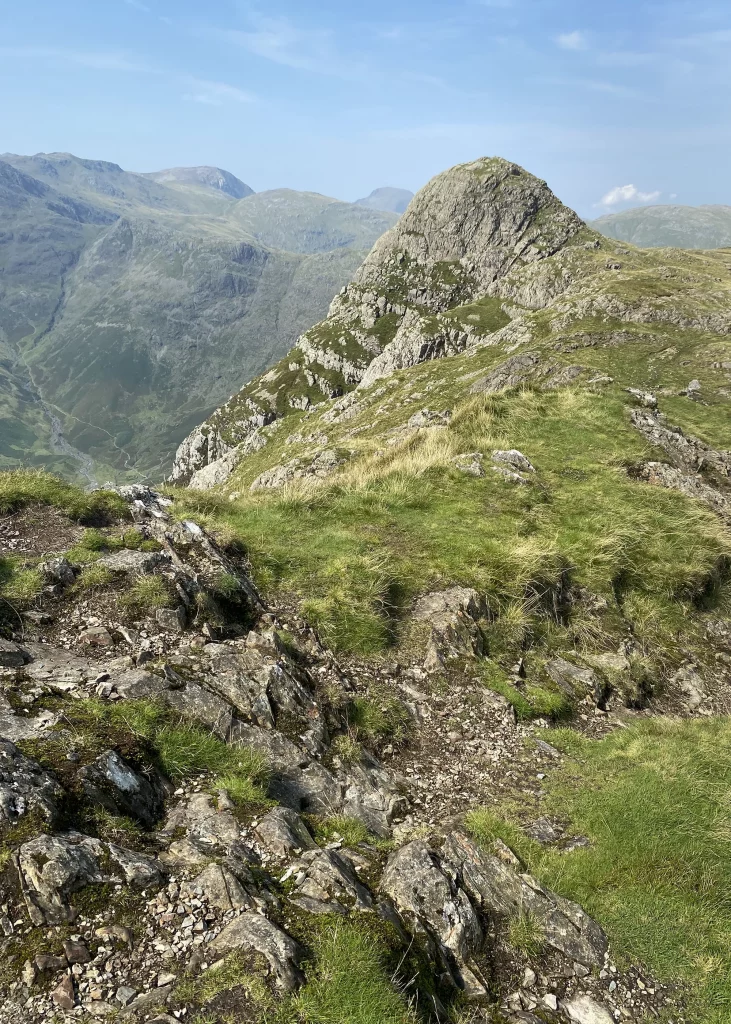
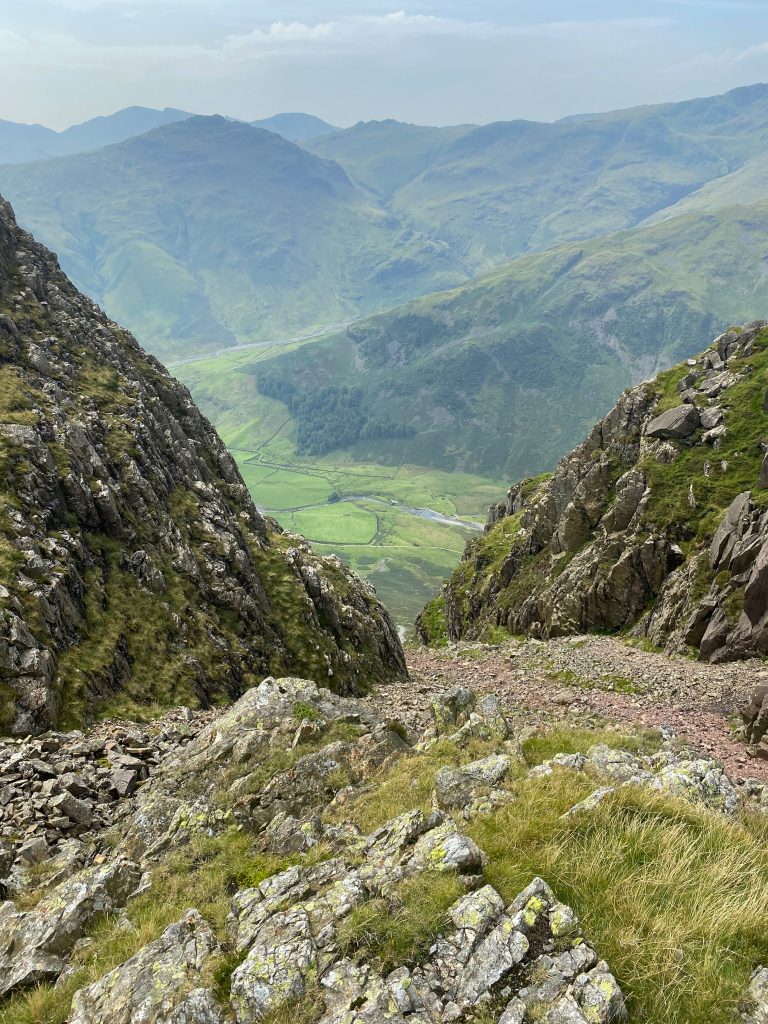
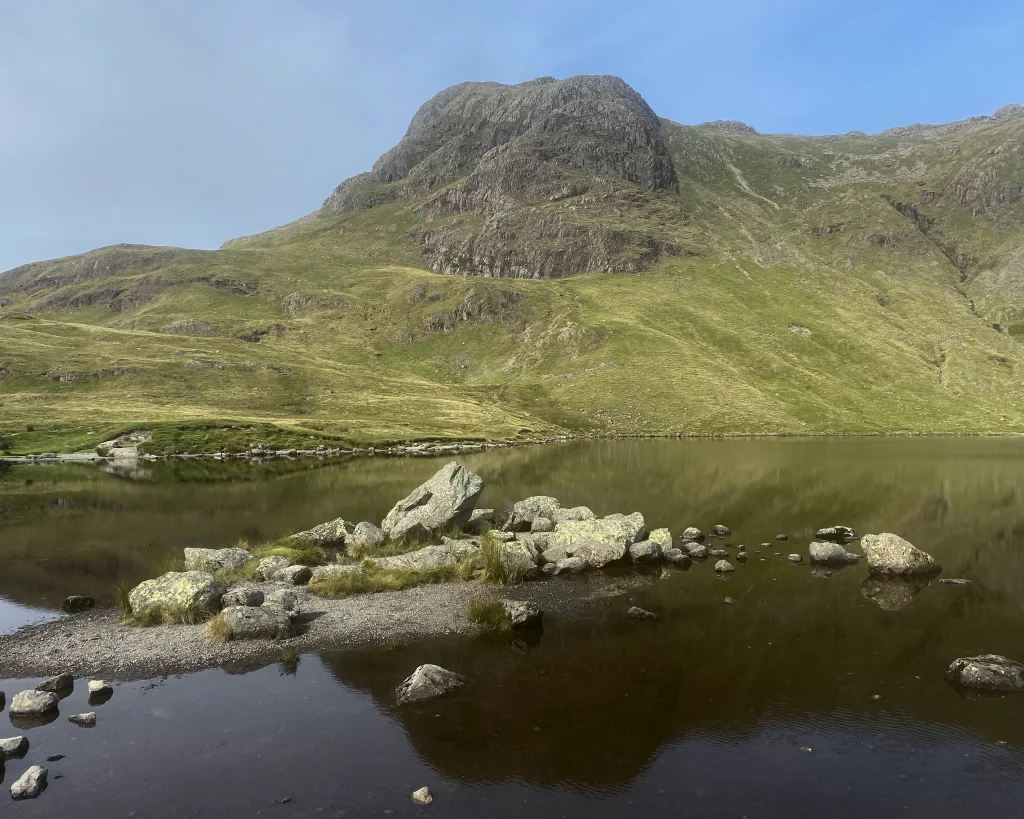
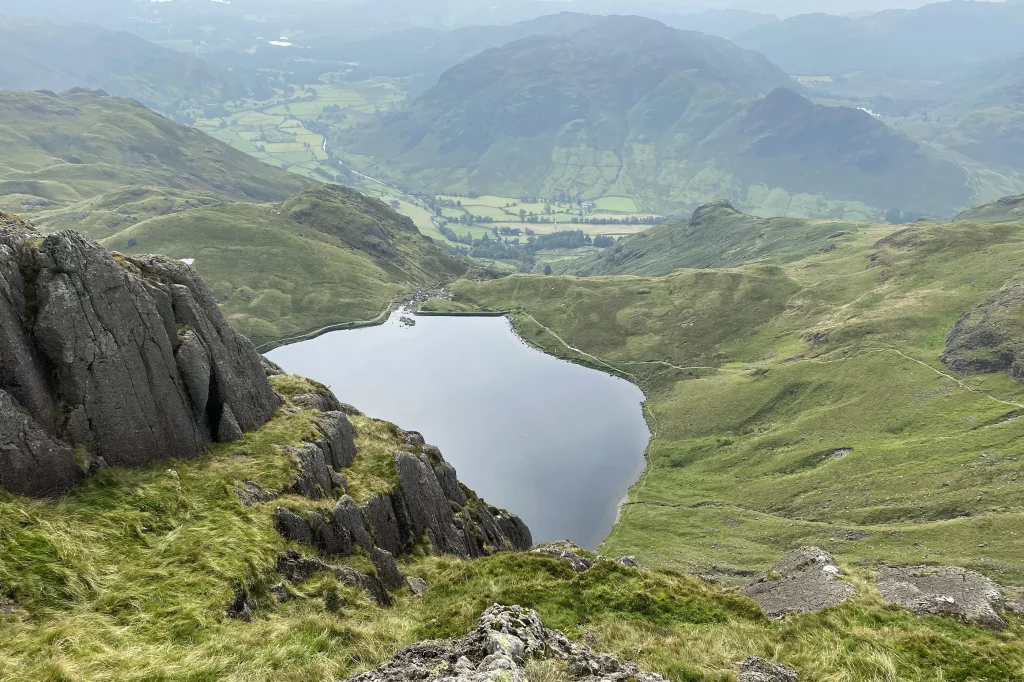
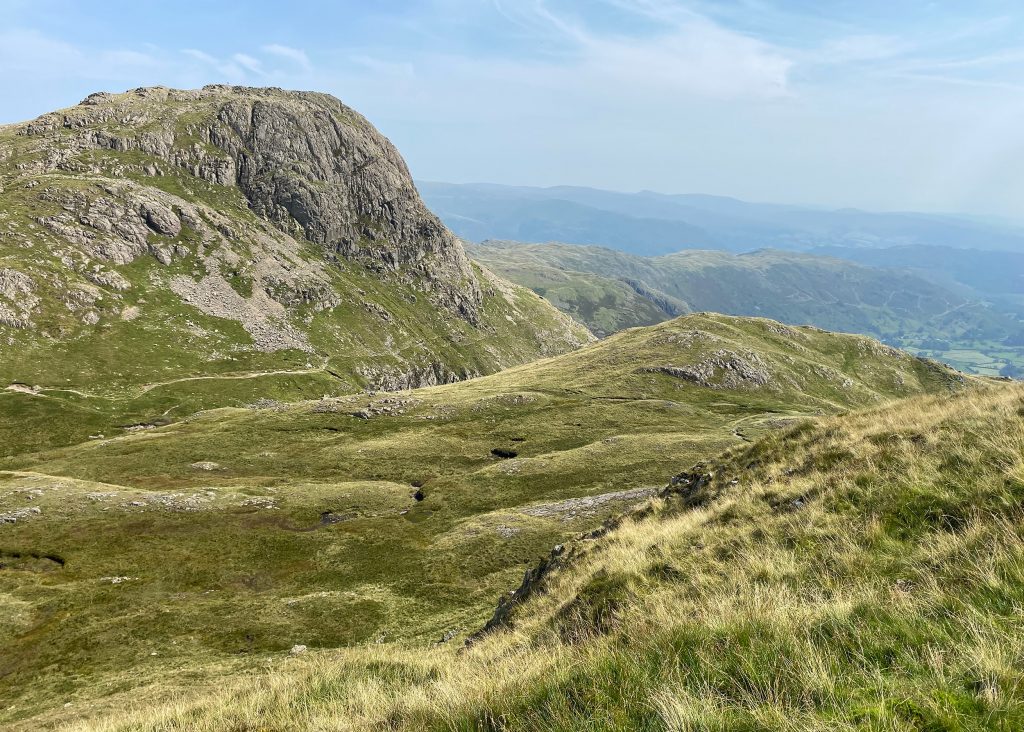
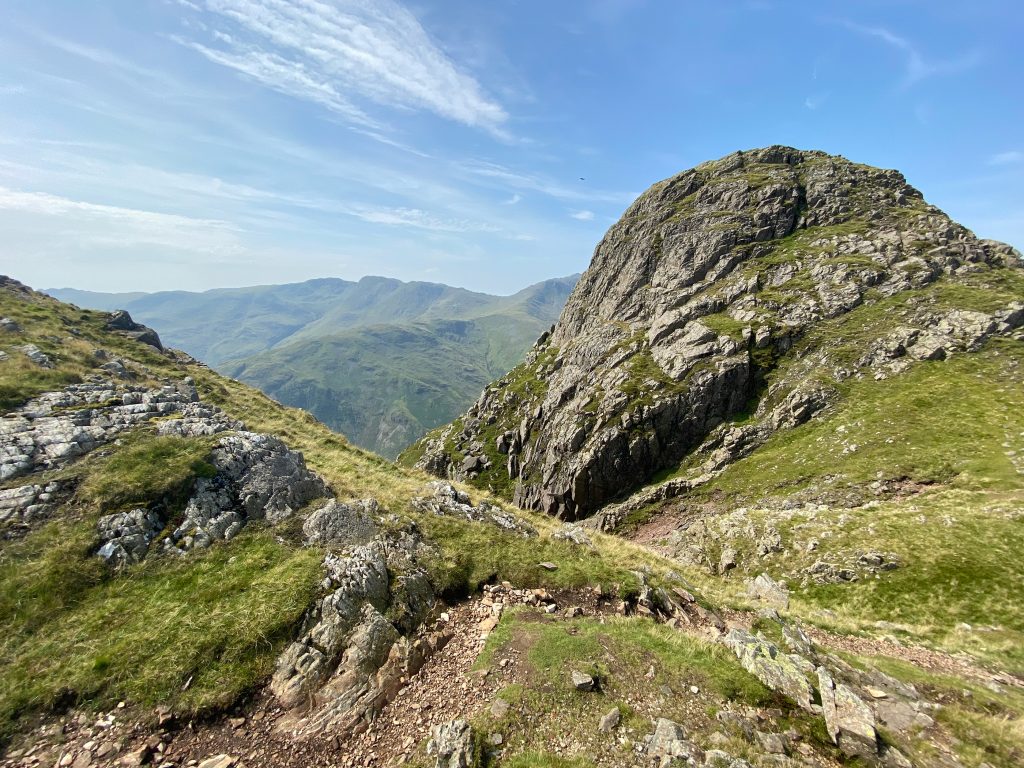
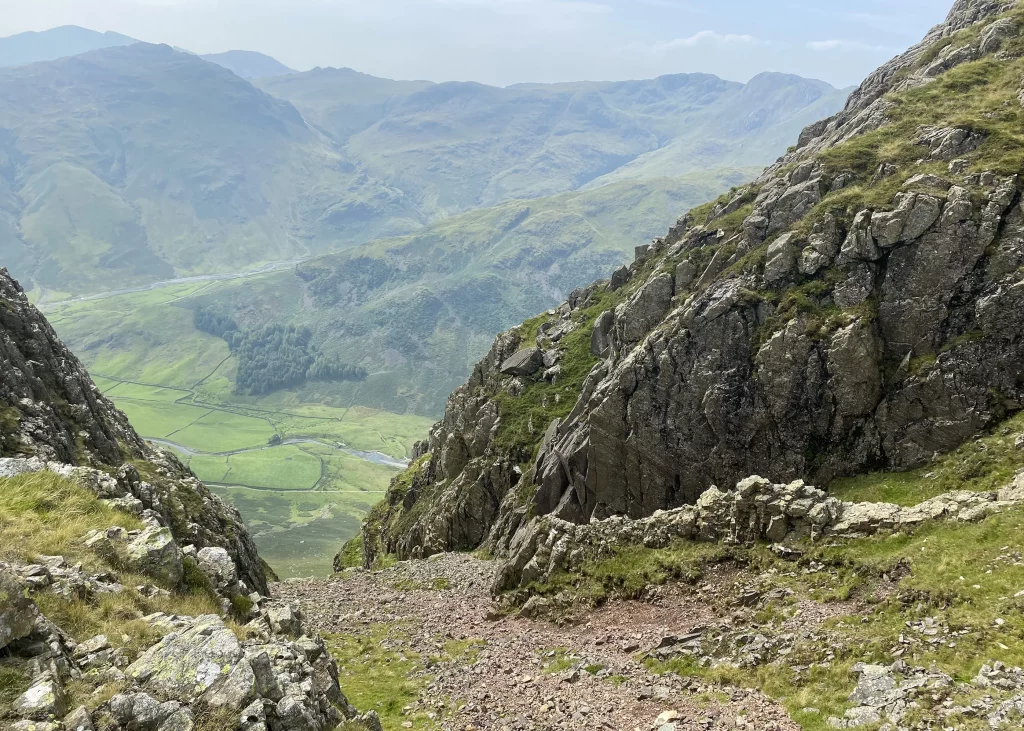
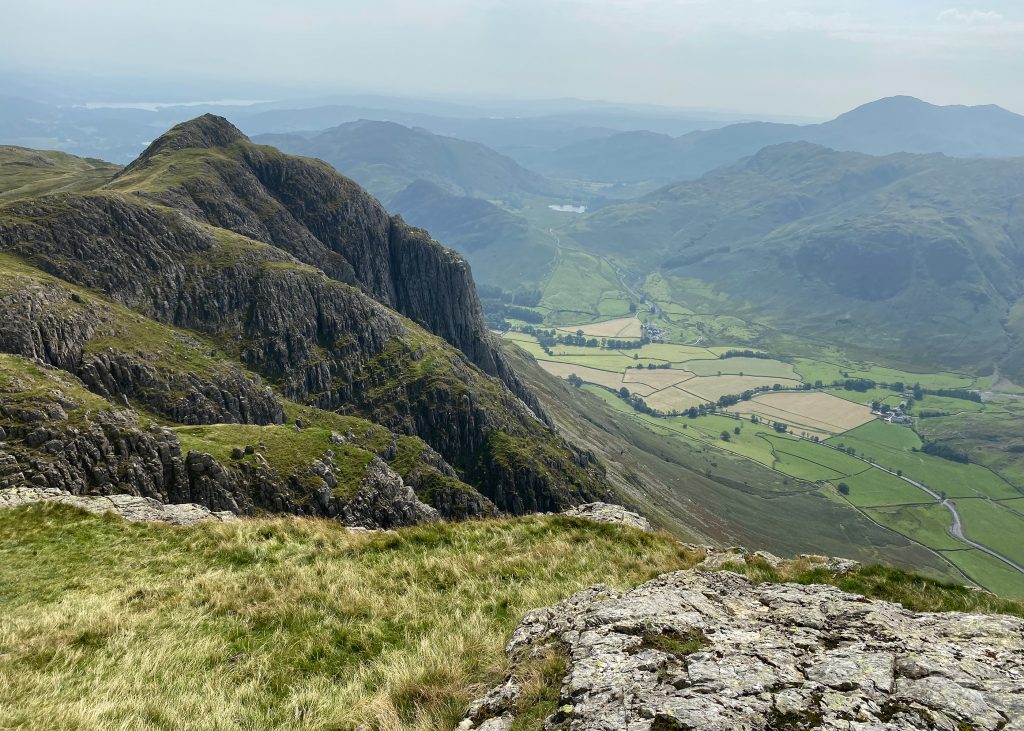

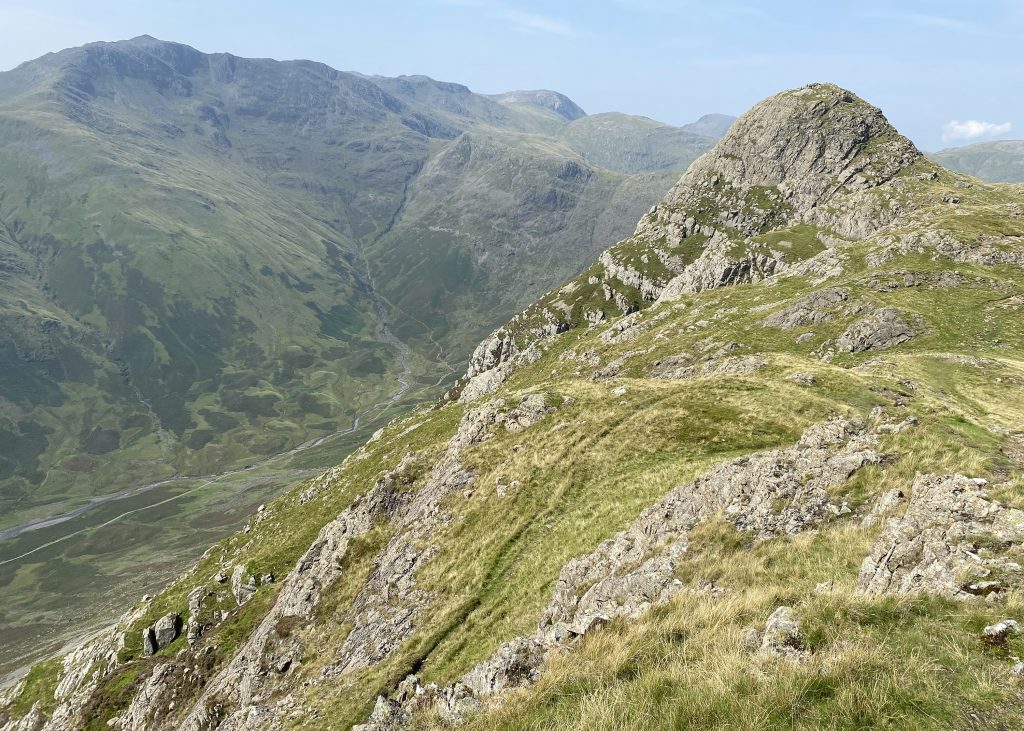
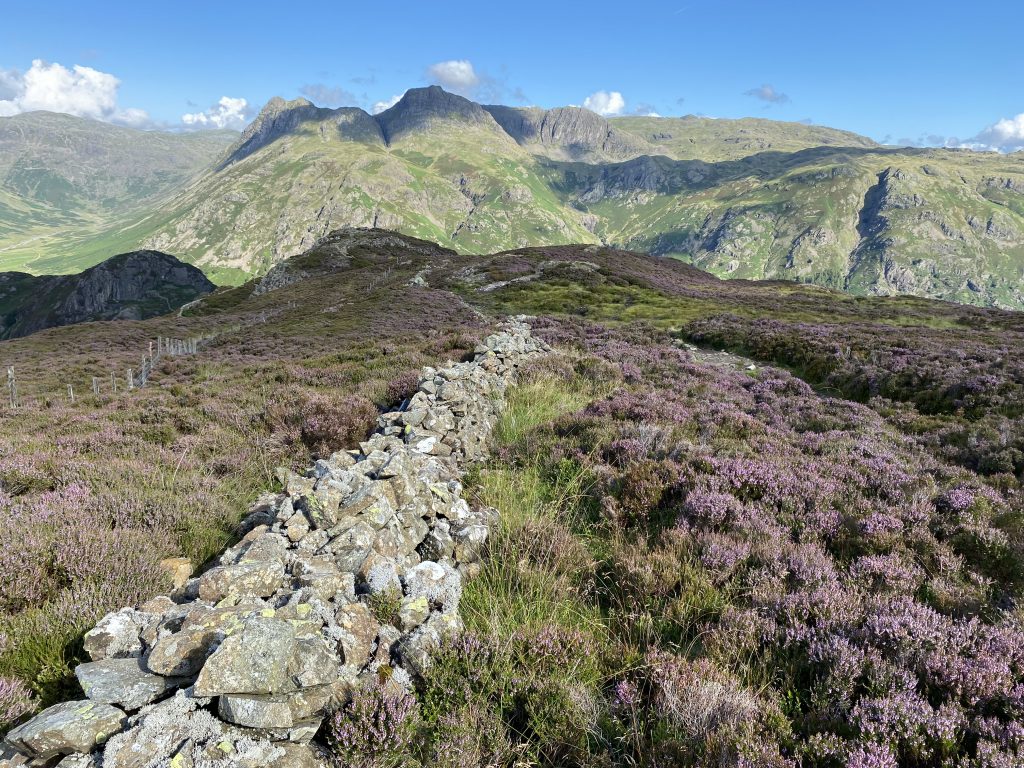
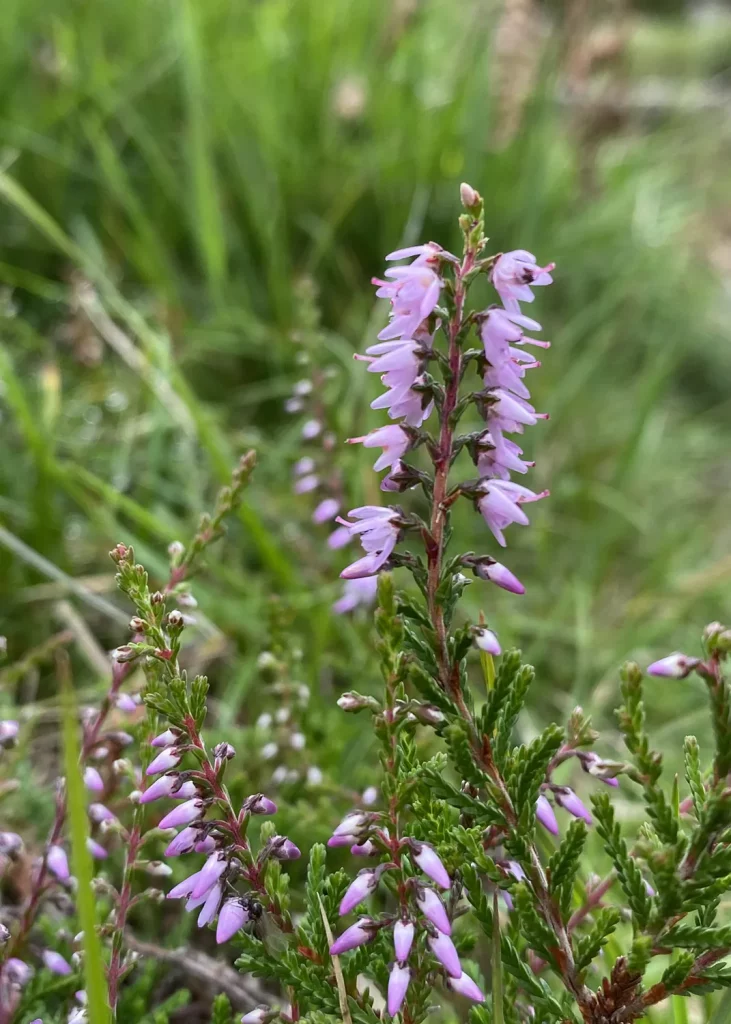
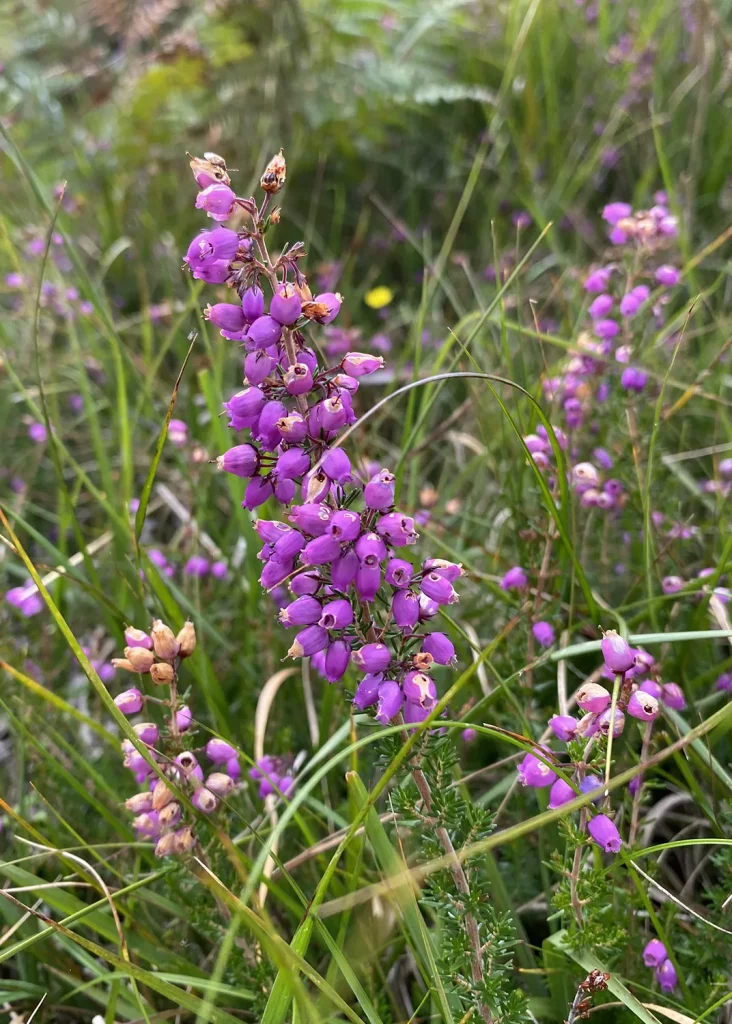
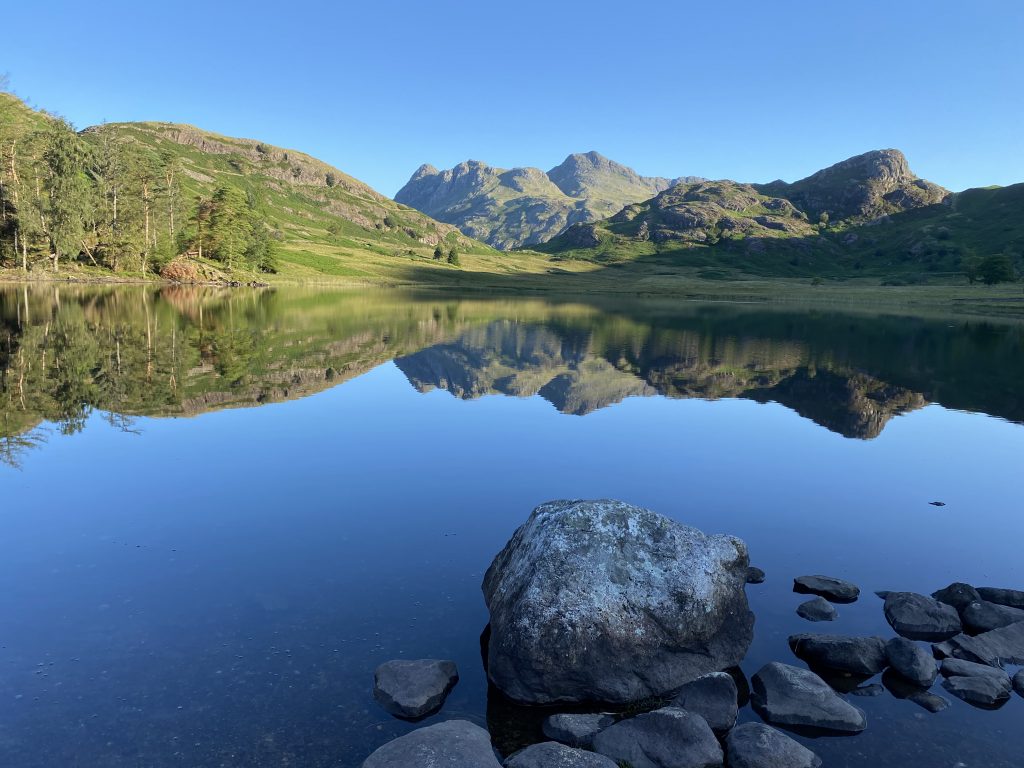
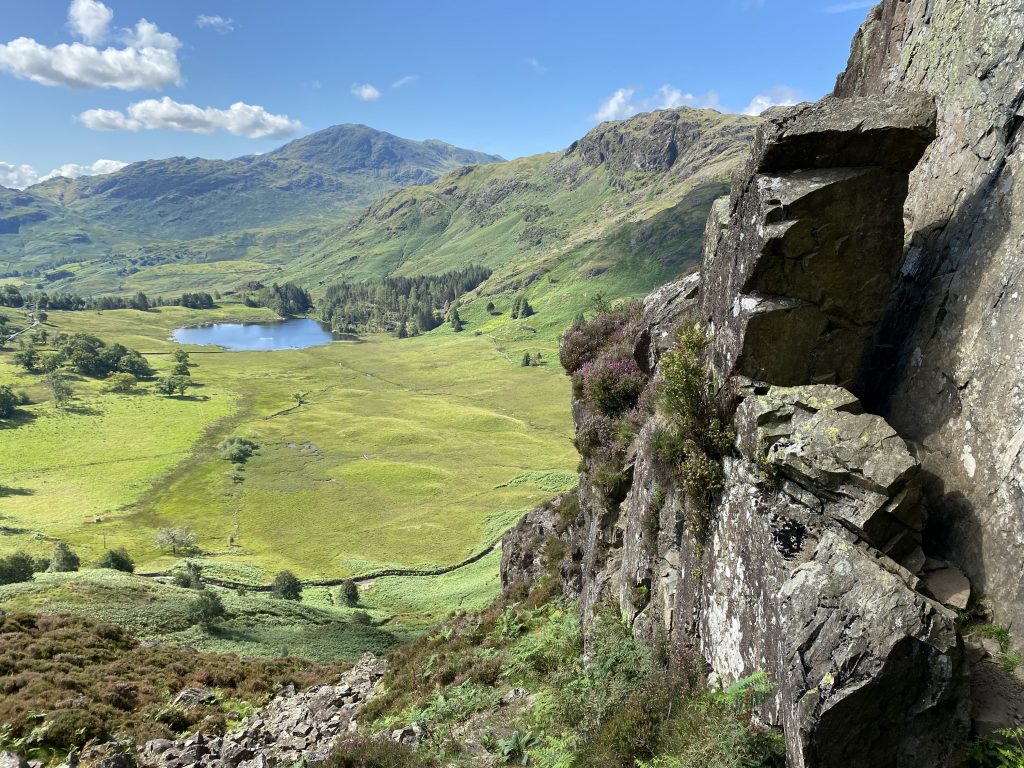
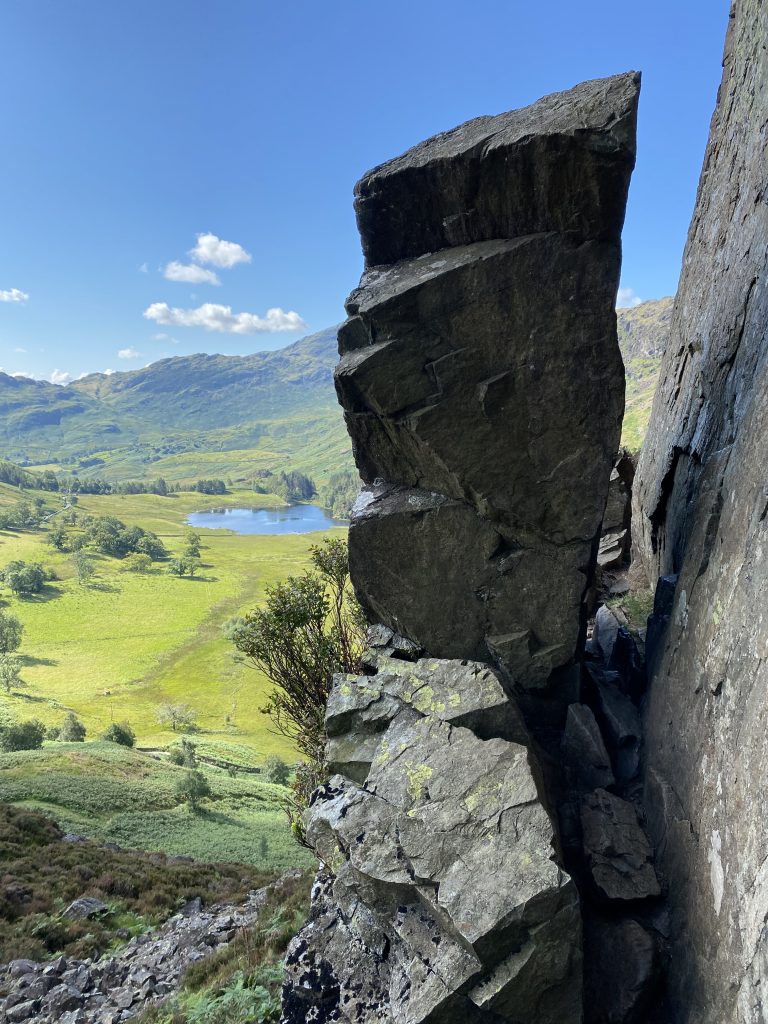
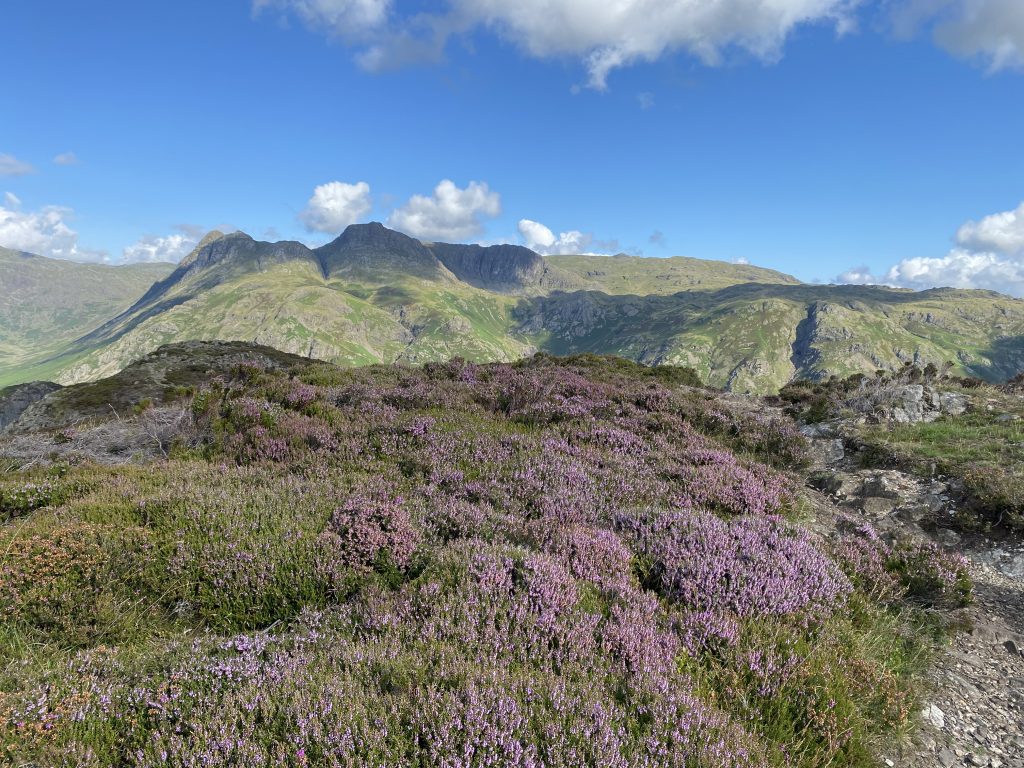
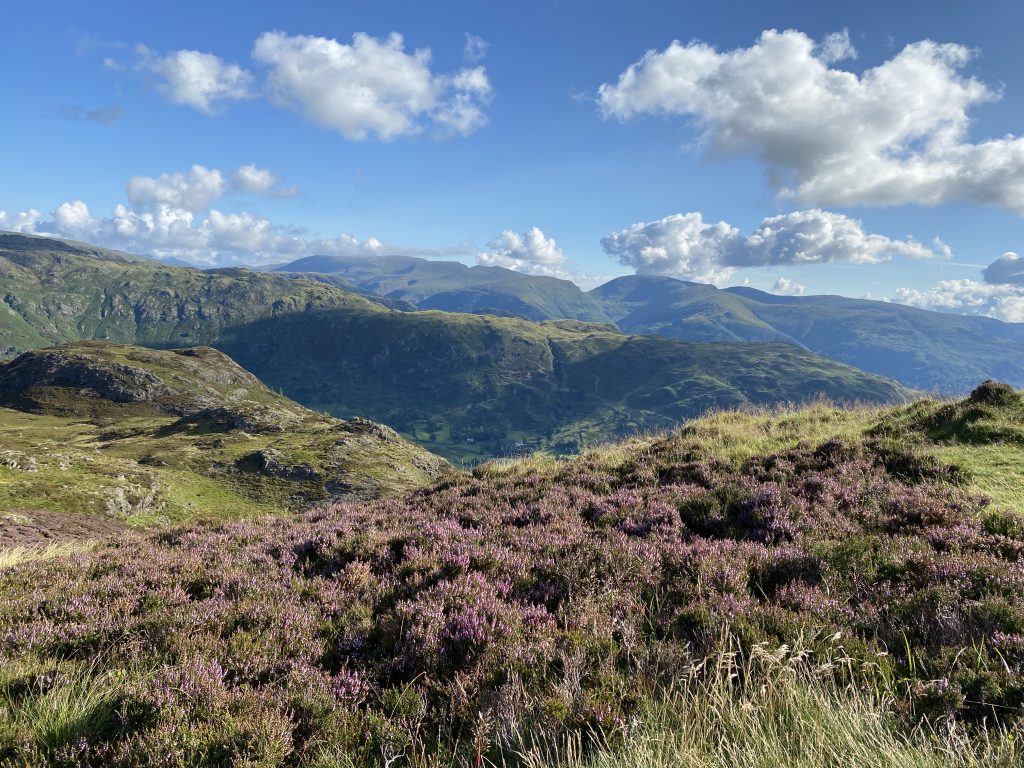
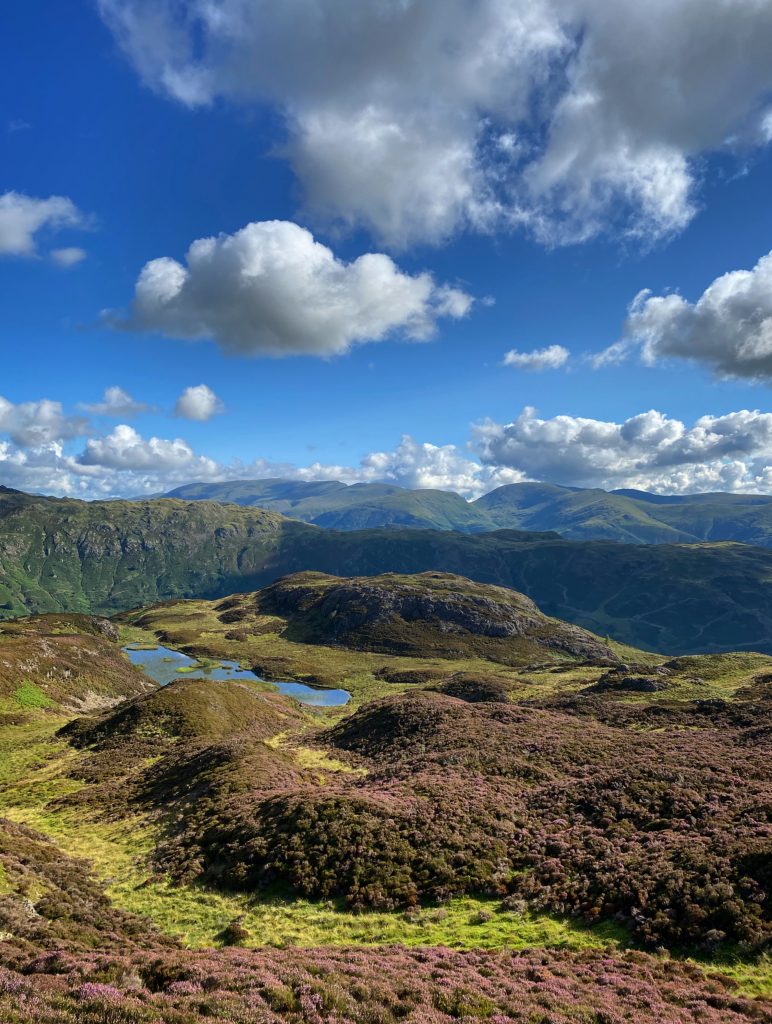
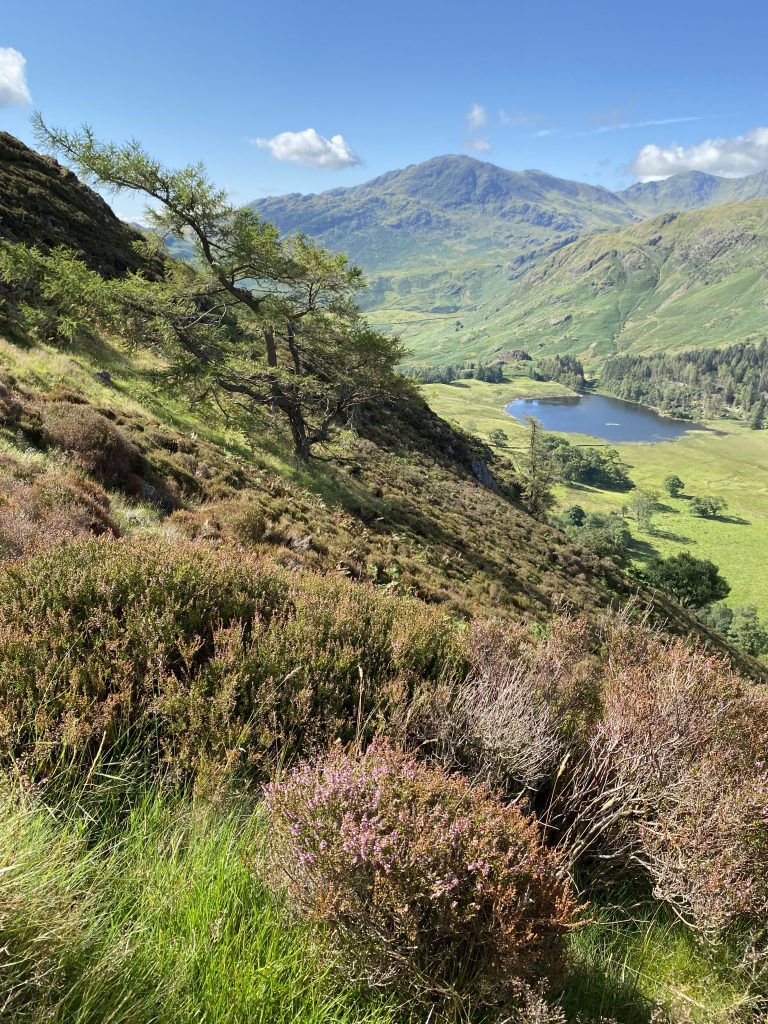

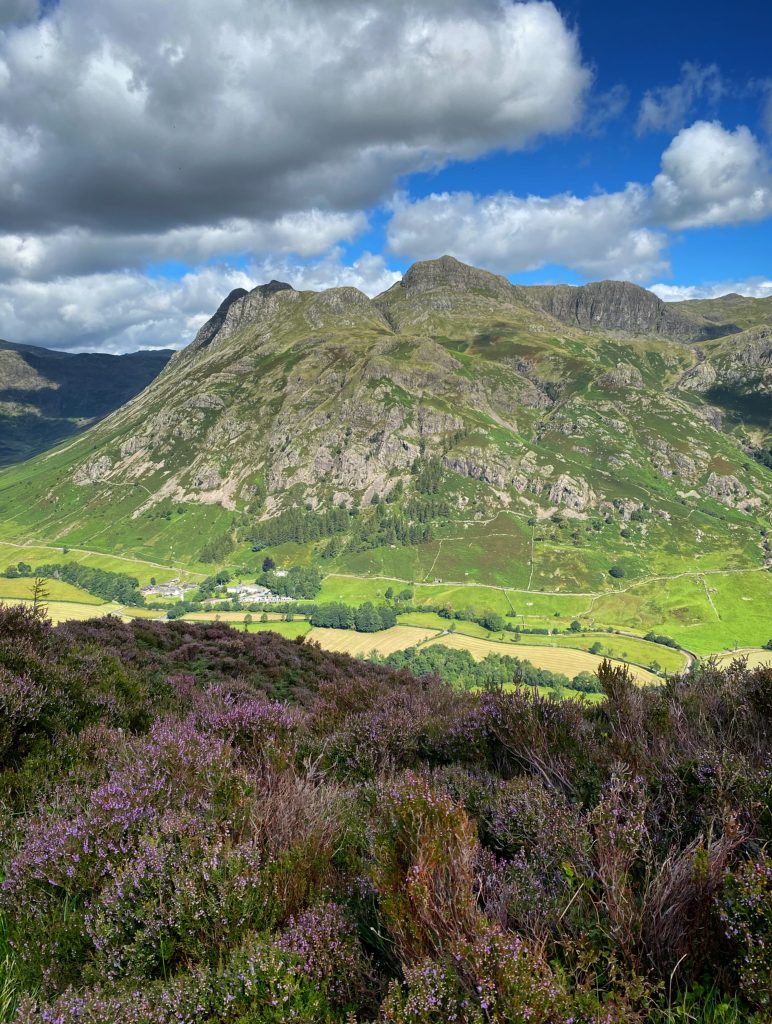
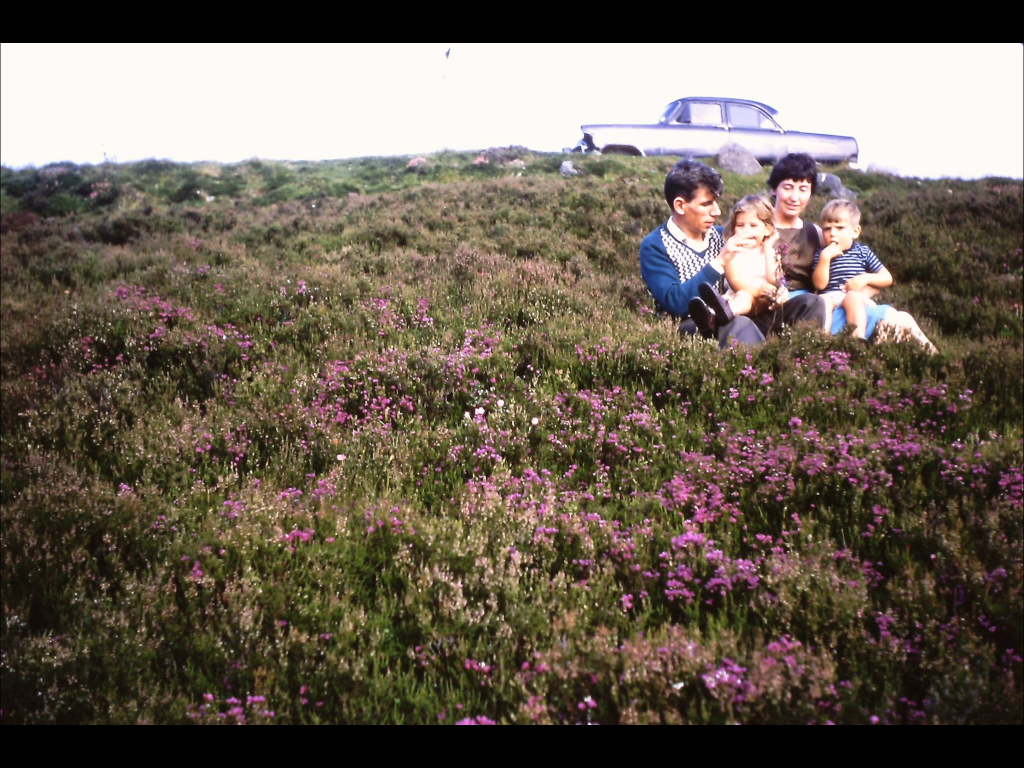
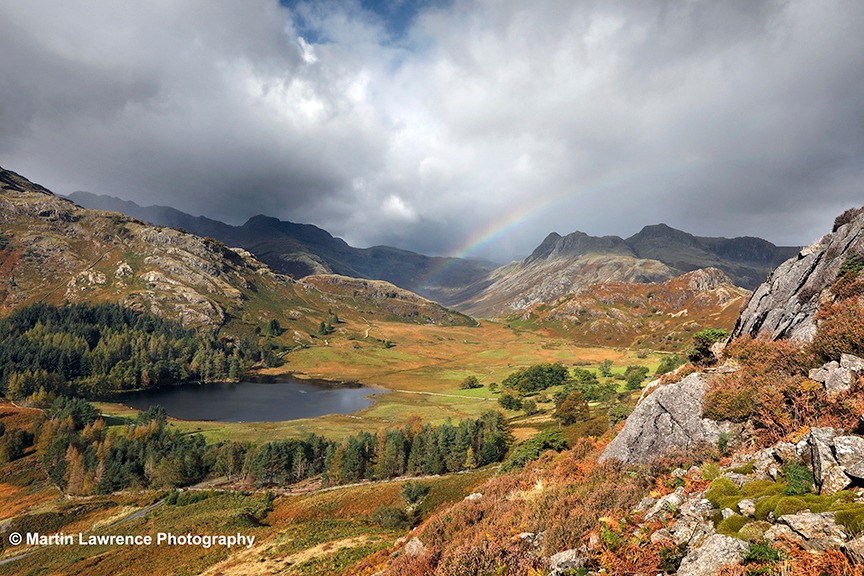
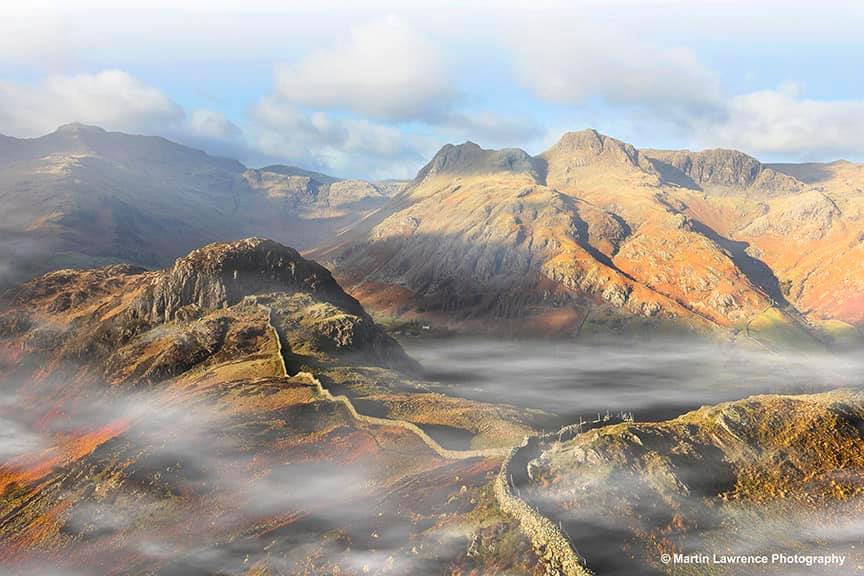
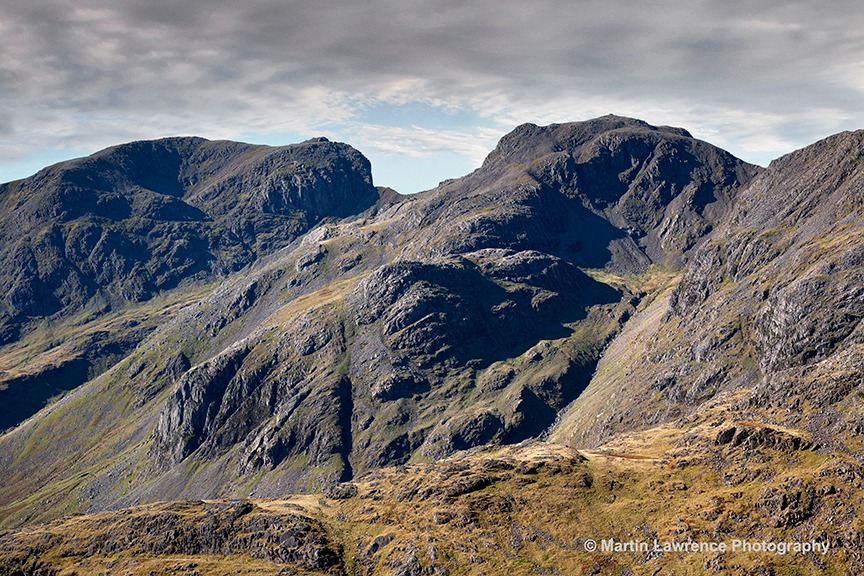
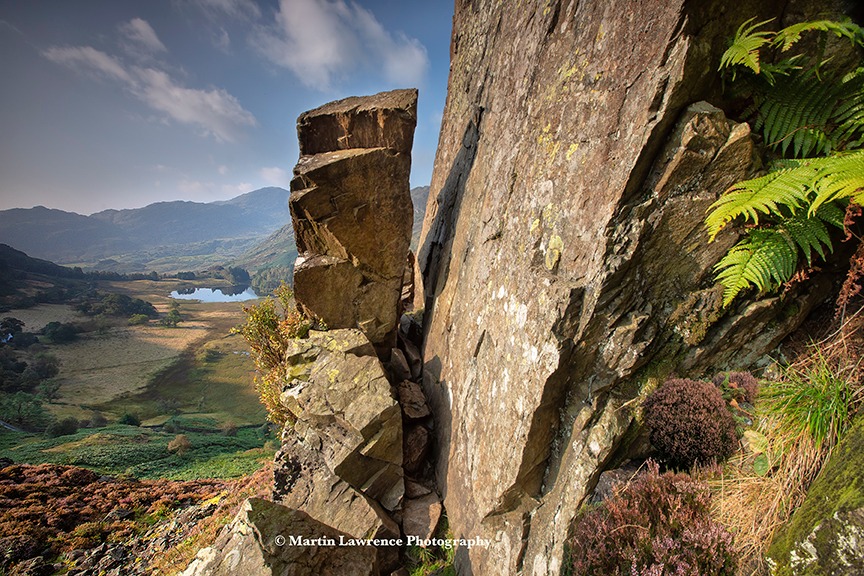
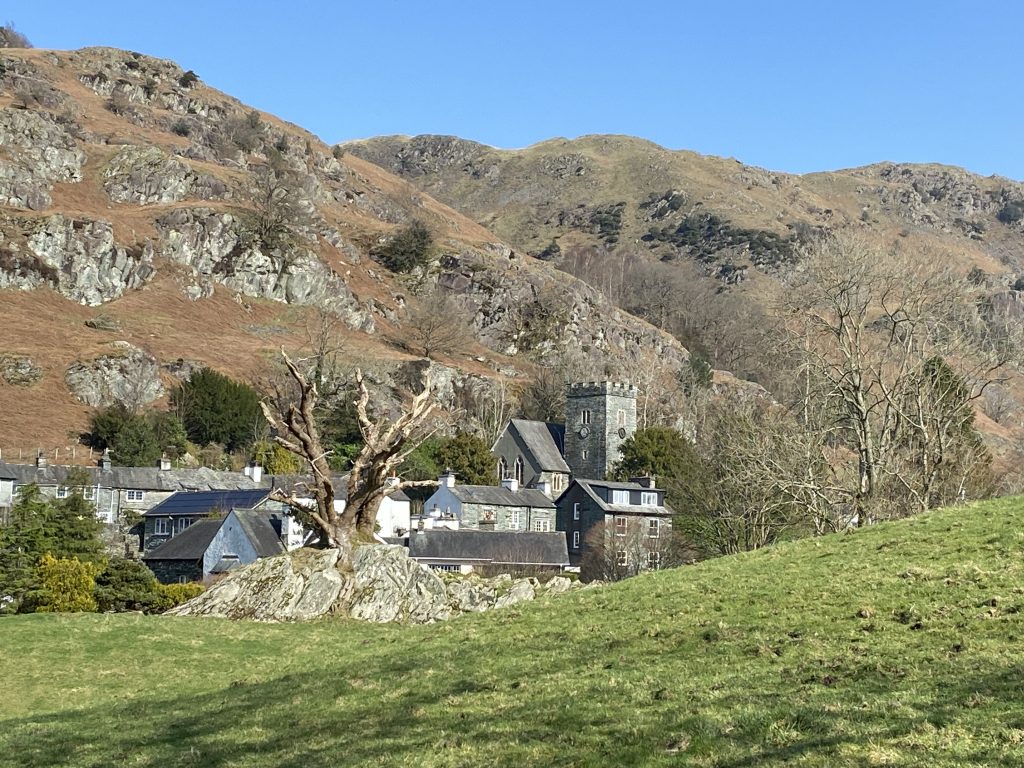

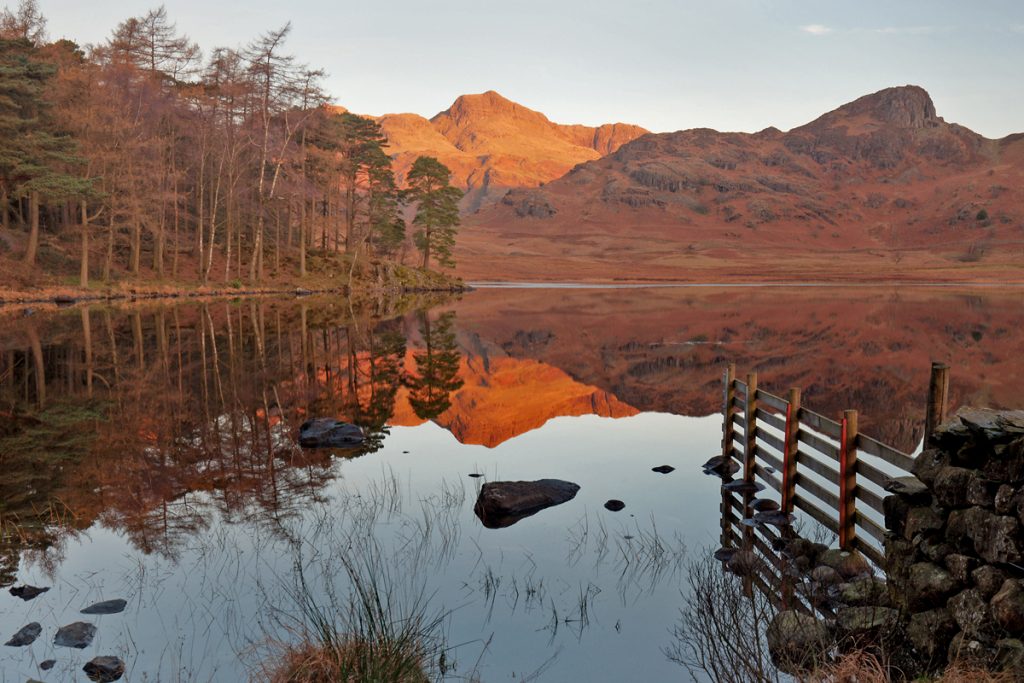
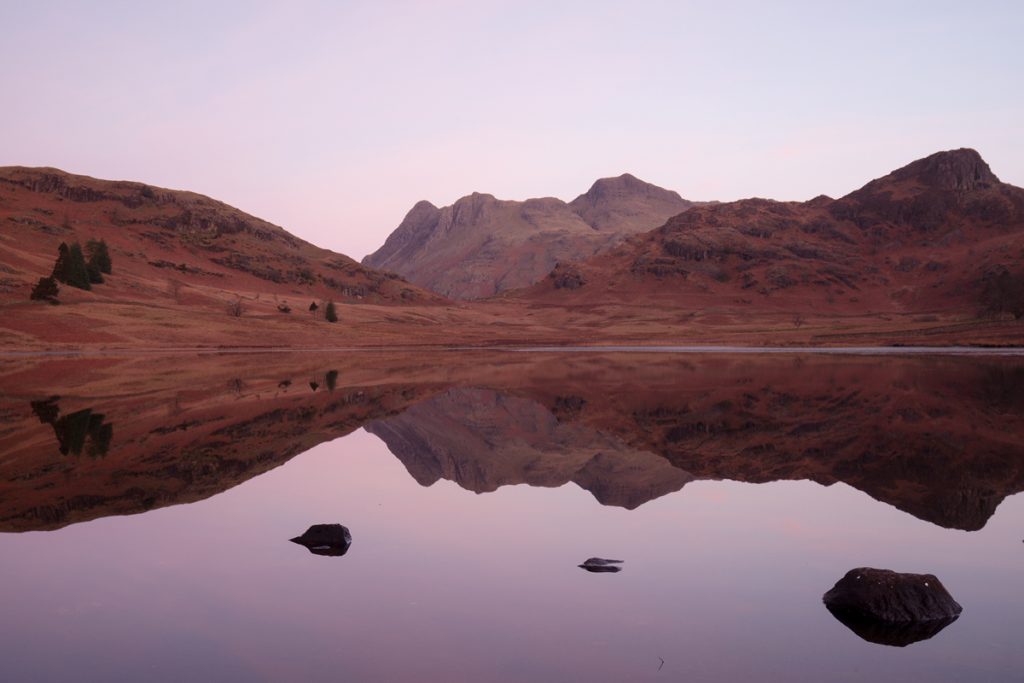
Leave a Reply